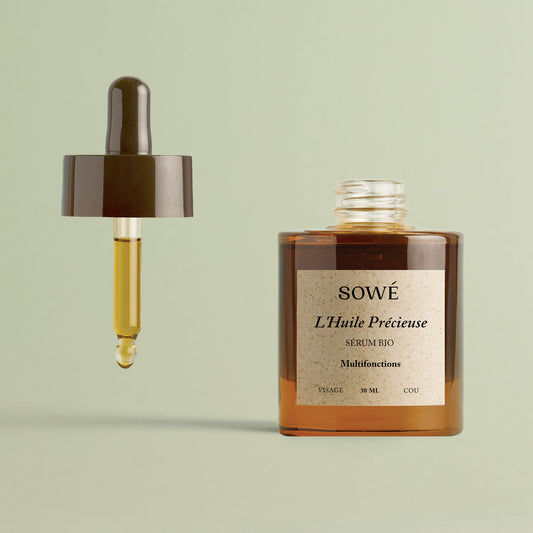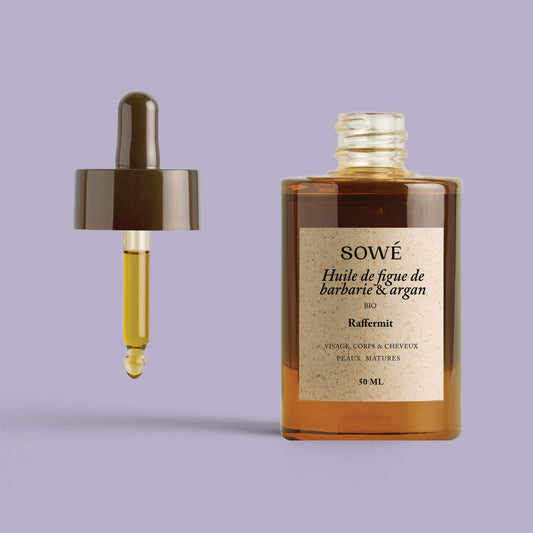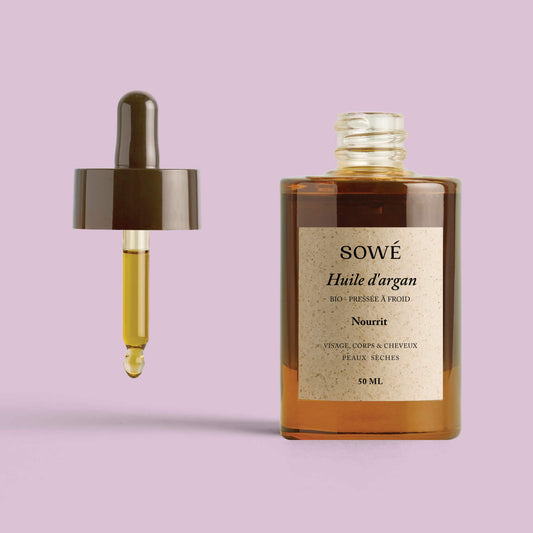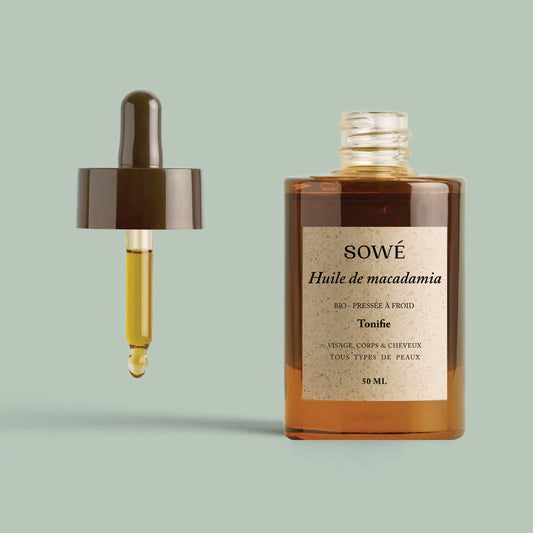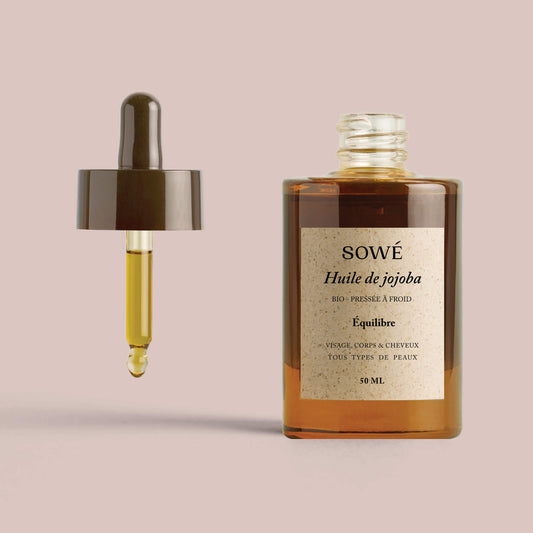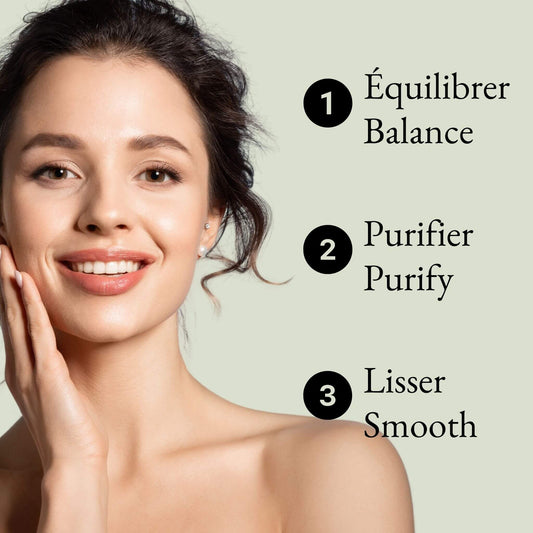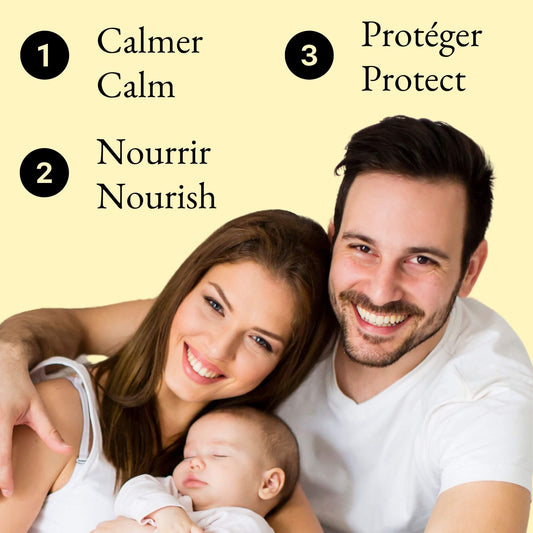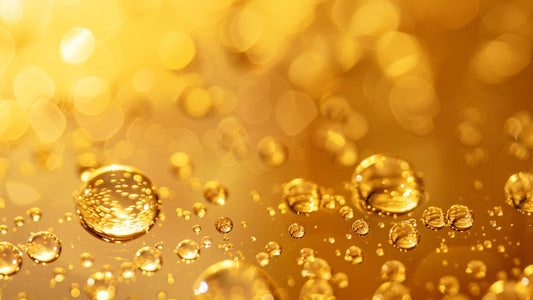Rosacea and CBD
What is rosacea?
Rosacea is a chronic inflammatory disease that affects small blood vessels in the face and leads to their hyperactivity. There are four subtypes of rosacea.
- Erythematotelangiectatic rosacea , which mainly manifests as redness
- Papulo-pustular rosacea , recognizable by the appearance of papules and pustules
- Phymatous or hypertropic rosacea which most often affects men and produces swelling of the skin accompanied by dilation of the pores of the nose
- Ocular rosacea , identifiable by tearing, irritation and photosensitivity of the eyes
Around 3% of the world's population is affected by this pathology, including 25% of adults. It is rare in children (otherwise it appears in the form of redness on the cheeks). In general, people with rosacea are over 30 years old, although the first signs can appear as early as 20 years old. Women are twice as likely as men to develop rosacea.
People with rosacea may suffer from it due to the visibility of the symptoms. It is an illness often described as “psychological, rather than physiological”.
The causes are still poorly understood but scientists are studying a correlation between the appearance of rosacea and:
- Genetics: Rosacea most often develops in individuals with light eyes, hair and skin.
- Immune dysregulation
- A skin reaction due to exposure to the sun
- The intense activity of the blood vessels of the face causing their dilation and therefore the effect of redness
- The presence and proliferation of the bacteria Demodex folliculorum on the surface of the face
- Consumption of certain spicy products, alcohol and hot drinks
Rosacea and couperose, what is the difference?
The terms rosacea and couperose are often confused. Although they are both related, there is a difference.
Rosacea is the scientific and general name of the pathology causing redness on the face and sometimes even papules and pustules. Couperose corresponds to one of the symptoms of rosacea, among others, the dilation of the small blood vessels of the face. There are other symptoms of rosacea such as:
- Hot flashes accompanied by a burning sensation
- Dry and sensitive skin
- Papules and pustules (in the case of papulopustular rosacea)
- Swelling of the eyelids and irritation of the eyes combined with dryness (in the case of ocular rosacea)
How to treat rosacea?
Many moisturizers exist today to treat rosacea and thus reduce the frequency of flare-ups (rare is the treatment that can definitively treat rosacea), but be careful: these may contain chemicals or perfume that are incompatible with application on sensitive or even hypersensitive skin. Diet can sometimes be effective during rosacea flare-ups. In fact, it is recommended to consume foods such as nuts, rice or green vegetables rich in vitamin B2. Foods rich in zinc are also recommended.
CBD and skin
The skin produces endocannabinoids (2-AG and AEA) which are synthesized in epidermal cells, hair follicles and sebaceous glands. CB1 and CB2 receptors are present in all types of skin cells. Activation of CB1 and CB2 promotes anti-inflammatory responses and reduces skin irritation.
CBD seems to be a great ally in the treatment of rosacea, because it is capable of playing the role of endonnabinoids as a phyto-cannabinoid.
A growing number of studies attribute anti-inflammatory properties to these molecules thanks to the activation of receptors of the endocannabinoid system and more precisely CB2. As with acne or eczema treatments, CBD also provides anti-bacterial action while hydrating the skin.
The anti-inflammatory phenomenon and CBD
Numerous studies attribute undeniable effectiveness to CBD as an anti-inflammatory on several levels:
- By blocking macrophage migration (digestion of foreign particles and pathogens)
- By regulating the activation of lymphocytes (recognition and destruction of foreign cells)
- By inhibiting the release of pro-inflammatory substances
- By favoring the release of other anti-inflammatory substances called “Cytokines”.
Furthermore, cannabidiol can inhibit the activity of an enzyme (FAAH) involved in the degradation of anandamide, one of the endocannabinoids synthesized by the human body. This substance is also an agonist (activator) of the ion channel receptor. TRPV1, and an antagonist (block) of the TRPM8 ion channel receptor, involved in thermal sensitivity and certain pains. According to a 2018 study, CBD activates these receptors to desensitize them to any new stimulation, thus reducing chronic inflammatory pain.
It is because of its sebum-regulating, anti-inflammatory and soothing properties that the use of CBD in the formulation of cosmetic products for skin problems is becoming more and more common.
Scientific research, particularly the one of the University of Zurich, agrees on the plausibility of a positive effect of CBD on the ion channels of transient receptors involved in the development of rosacea.
What we offer to calm rosacea
For a targeted action, discover our roll-on repairing treatment specially designed to act on rosacea. Thanks to its cryoapplicator and its concentrated formula in CBD and CBG, hemp oil, calendula oil and vitamin E, our brand new treatment will allow you to relieve the unwanted effects of rosacea naturally and at any time. In fact, its format allows you to take it everywhere.

Note: the use of cosmetic products as part of the treatment of rosacea does not replace the importance of the advice of health professionals (doctors, dermatologists).
Sources
- Rollon repair treatment. (n.d.). SOWÉ Botanic Lab.
- Rougeurs, couperose du visage, rosacée : définitions et causes. ameli.fr.
- Cannabinoids interaction with transient receptor potential family and implications in the treatment of rosacea. 2021. Dematologic Therapy, 34(6).
- Rousseau, L.(2022). Rosacée. passeportsante.net.
- Why cannabis stems inflammation. ETHLife - ETH Zuerich.
- Therapeutic Potential of Cannabidiol (CBD) for Skin Health and Disorders. National Library of Medecine




